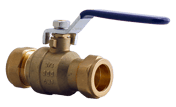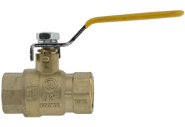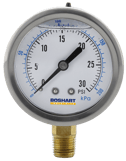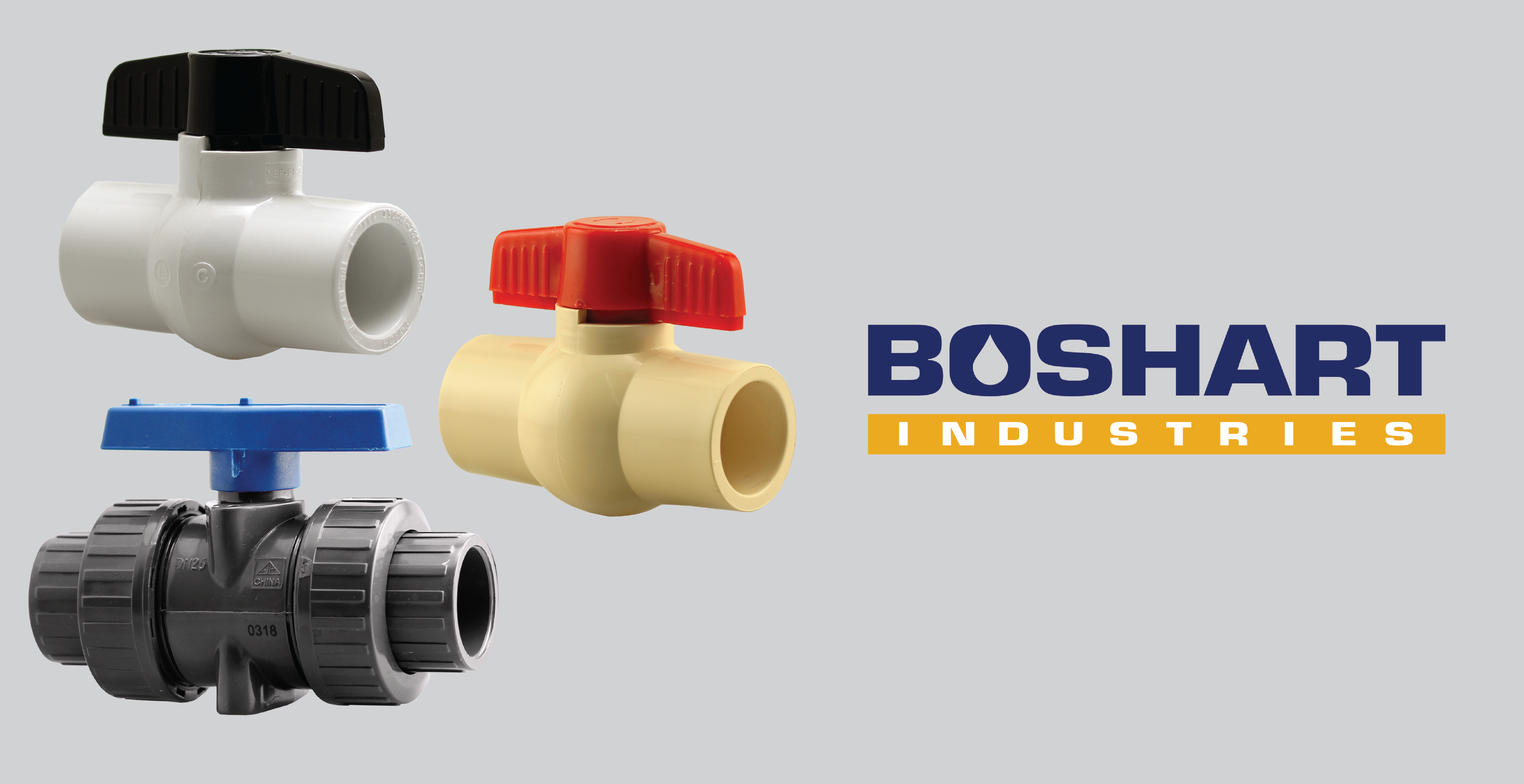In the Plumbing and Water Well Industries, many products are versatile in regards to how they can be installed. If you have a small area in your home that you are working with, some products can be installed either vertically or horizontally. Having the ability to install a product in a different orientations allows you to configure your system to best fit your space, while not compromising the function of the product.
Below we have listed an array of products and explain which orientation they are best suited to be installed in, why and if there are other directions that are also safe. Let's take a look.
 Sediment Filters
Sediment Filters
A sediment filter can be installed in any direction including sideways or upside down. However, it is suggested that you should avoid any orientation other than the upright position unless you need to install the sediment filter in a space with limitations. A vertical installation is the easiest orientation to replace the cartridge filter. Check out our blog for more information on filters, Understanding Sediment Filters & Separators.
Sump & Sewage Check Valve (BSC-200-SB) 
This sump & sewage check valve can be installed vertically or horizontally, but it depends solely on the application. For sump pump applications, a vertical installation is preferred. For sewage applications, it is important to follow the industry standard installation practices. Sewage pump manufacturers state that when solids are being pumped, the valve should be installed either horizontally or in a 45° position.
However, the valve should be properly oriented so that the flapper hinge is at the top dead center position, if not the valve will not operate properly and will result in valve or system failure. Failing to follow the proper valve installation direction is the most common reason for valve failure.
 Compression Ball Valves
Compression Ball Valves
Compression ball valves can be installed either vertically or horizontally. Pipes run bi-directional meaning that the flow direction is not critical. You should install the valve with the handle pointed in the direction of the flow, whenever you are able. The valve location is not critical but any deviation away from vertical is a compromise. Installing your compression ball valve upside down is not recommended, as dirt could possibly accumulate by the stem packing.
Threaded Ball Valve 
Similar to the compression ball valves, threaded ball valves can be installed either vertically or horizontally, but the best practice is to install the threaded ball valve facing upwards whenever it is possible. We have a blog that takes you through How to Install a Threaded Ball Valve, check it out here.
 Solder Ball Valve
Solder Ball Valve
Solder ball valves can be installed either vertically or horizontally, depending on your location. If you are installing the valve with limited space, due to bi-directional pipes, you do have the ability to install it horizontally. However, if possible, it should be installed vertically.
Liquid Pressure Gauges 
When liquid filled pressure gauges are installed vertically, the plug needs to be vented to ensure proper operation. If the gauge needs to be installed horizontally, do not remove or cut the seal plug. You can leave the gauge sealed to retain the liquid. To ensure you are getting an accurate reading, be sure to manually vent every time you require an accurate reading. For more information, check out our Webinar, Pressure Gauges 101 Webinar: Everything you Need to Know.
 Foot & Check Valves
Foot & Check Valves 
Foot and check valves both come in spring and flapper styles. For spring type foot and check valves, you can install these either vertically or horizontally to allow for any size of space. Flapper style foot and check valves are generally installed vertically but can be installed horizontally if necessary, as long as the flapper closes down. For a closer look at foot and check valves, check out our blog, Taking a Look at Check and Foot Valves.
In Summary
It can be tricky to determine what products should and shouldn't be installed vertically or horizontally. Being aware of how the product works and what the application you require the product for is the first step in confirming if the product can safely be installed a certain way. We recommend following the manufacturer's instructions as they can vary.
Have further questions about this subject?

Head over to Boshart's Knowledge Base: technical product information, guidelines, and more.



.png)

SHARE